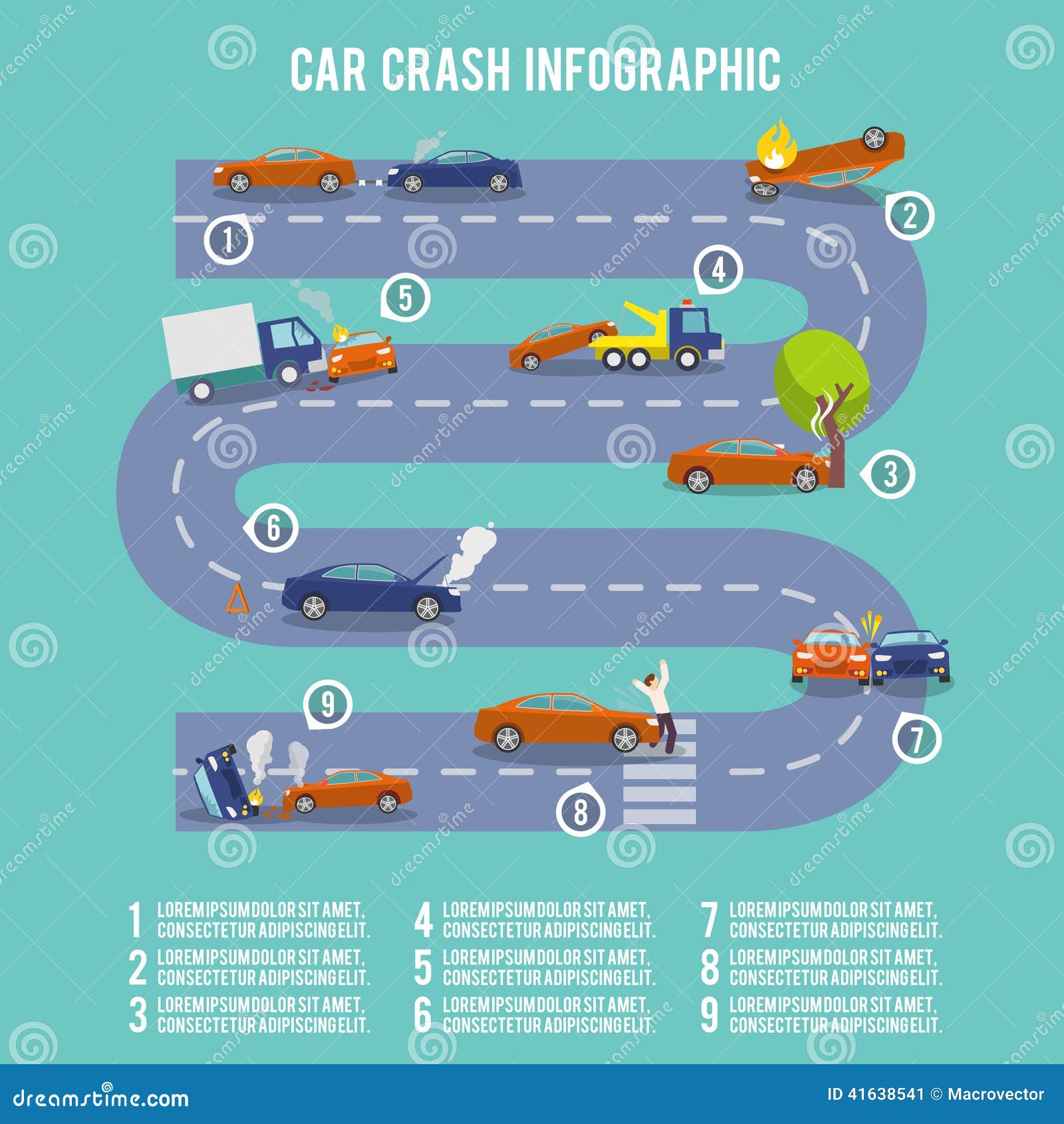Understanding The Definition Behind Your Car'S Warning Lights: An In-Depth Appearance
Understanding The Definition Behind Your Car'S Warning Lights: An In-Depth Appearance
Blog Article
https://erickvqkez.dsiblogger.com/62798023/boost-your-car-describing-techniques-with-seasonal-support-to-ensure-your-car-remains-glowing-and-shielded-figure-out-exactly-how-to-browse-the-particular-challenges-that-each-season-brings -Termansen Corbett
When you lag the wheel, those glowing caution lights on your dashboard can be a bit bewildering. Do you know what they're attempting to inform you regarding your vehicle's wellness? Understanding the value of these lights is important for your safety and the durability of your car. So, the next time among those lights pops up, wouldn't you intend to analyze its message precisely and take the essential steps to address it?
Common Warning Lights and Interpretations
Determine common caution lights in your auto and recognize their meanings to make certain secure driving.
The most regular caution lights consist of the check engine light, which indicates concerns with the engine or emissions system. If this light comes on, it's important to have your lorry checked without delay.
The oil stress advising light suggests low oil pressure, needing prompt interest to avoid engine damage.
browse around this website flashing battery light might suggest a faulty charging system, potentially leaving you stranded if not addressed.
The tire pressure surveillance system (TPMS) light notifies you to reduced tire pressure, affecting lorry stability and gas effectiveness. Overlooking this could lead to harmful driving problems.
The abdominal muscle light indicates a problem with the anti-lock stopping system, compromising your ability to quit quickly in emergency situations.
Last but not least, the coolant temperature advising light warns of engine getting too hot, which can result in serious damages if not resolved promptly.
Recognizing these common warning lights will assist you attend to issues quickly and preserve safe driving conditions.
Relevance of Prompt Interest
Understanding the usual warning lights in your car is only the very first step; the significance of promptly resolving these cautions can't be stressed enough to ensure your security when traveling.
When a caution light brightens on your control panel, it's your car's way of interacting a potential concern that requires interest. Ignoring these warnings can lead to much more extreme problems later on, endangering your security and potentially costing you much more out of commission.
Prompt interest to warning lights can avoid breakdowns and crashes. As an example, a blinking check engine light could show a misfire that, if left neglected, might trigger damages to the catalytic converter. Resolving this without delay can save you from an expensive repair service.
In a similar way, a brake system cautioning light could indicate reduced brake liquid or used brake pads, vital elements for your safety and security when driving.
DIY Troubleshooting Tips
If you discover a warning light on your control panel, there are a few DIY troubleshooting tips you can attempt before seeking specialist assistance.
The primary step is to consult your vehicle's handbook to comprehend what the particular warning light shows. Occasionally the concern can be as straightforward as a loosened gas cap causing the check engine light. Tightening the gas cap may deal with the issue.
An additional common issue is a reduced battery, which can cause different alerting lights. Examining the battery connections for corrosion and guaranteeing they're safe could fix the trouble.
If a caution light continues, you can attempt resetting it by separating the vehicle's battery for a couple of minutes and after that reconnecting it. In addition, checking your automobile's fluid degrees, such as oil, coolant, and brake fluid, can assist repair advising lights related to these systems.
Conclusion
Finally, understanding your auto's warning lights is necessary for maintaining your car running efficiently and securely. By quickly resolving these alerts and understanding what they indicate, you can stay clear of pricey repair work and possible breakdowns.
Keep in mind to consult your cars and truck's manual for specific information on each cautioning light and take action accordingly to ensure a trouble-free driving experience.
visit my homepage notified, remain secure when traveling!
